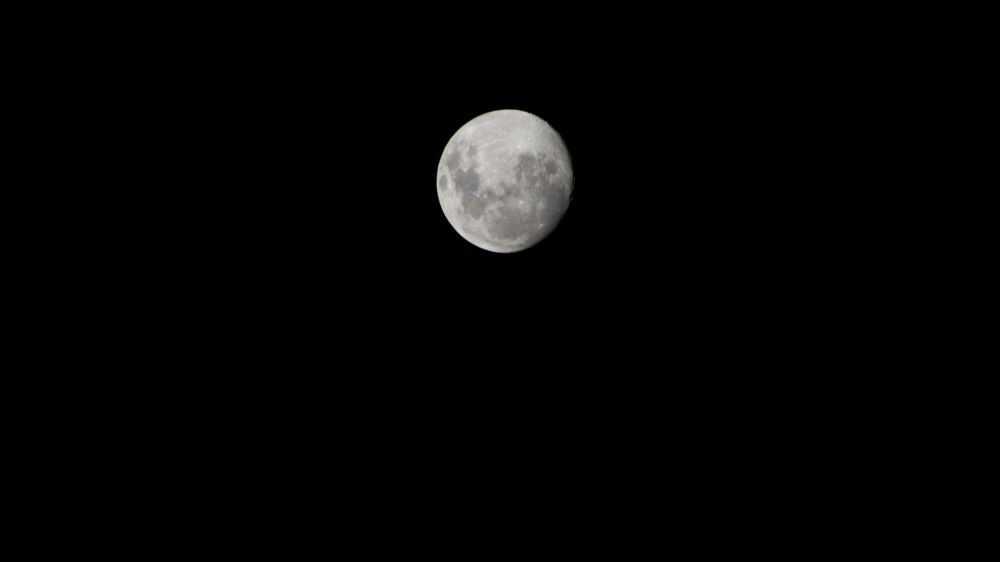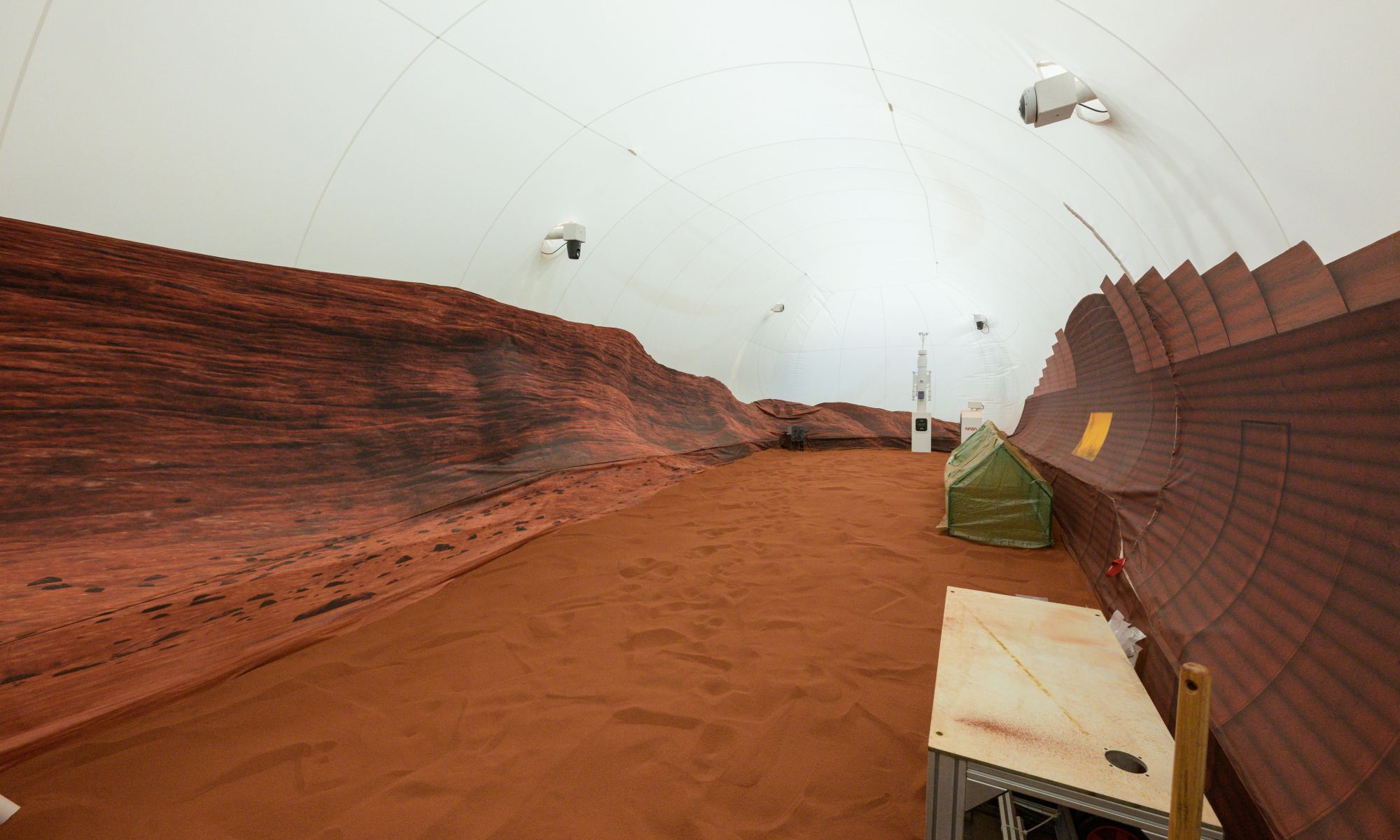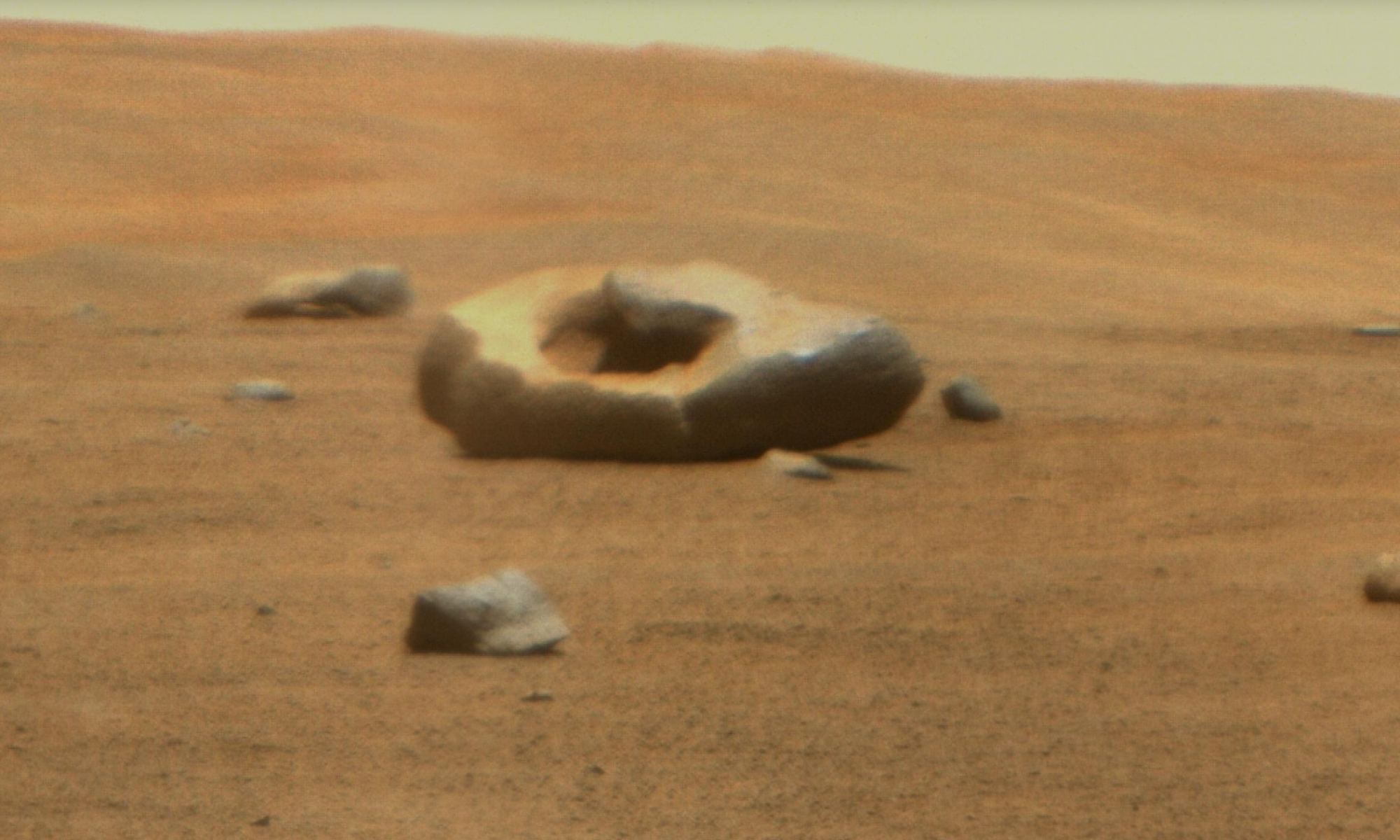NASA recently selected a new science payload that will travel to the Moon through a series of robotic missions via the agency’s Artemis program. This instrument suite, known as the Dating an Irregular Mare Patch with a Lunar Explorer (DIMPLE), will have the task of studying the Ina Irregular Mare Patch, also known as Ina, which is a small depression that could provide insights into the Moon’s volcanic history. It was discovered using orbital images from the Apollo 15 crew, and despite several past studies, its origin remains unclear.
Continue reading “NASA Artemis DIMPLE Instrument Suite to Explore Moon’s Mysterious Volcanic Features”Forest Fires in British Columbia are Bad This Year. THIRTY Times Worse Than Average
This summer has seen a violent outbreak of forest fires across Canada and North America. According to the Canadian Interagency Forest Fire Center (CIFFC), there were 911 active fires across the country on July 13th, nearly 600 of which were characterized as “out-of-control.” More than half of these active fires are taking place in the provinces of British Columbia, driven by a combination of unusual heat, dry lightning, and drought. The situation is becoming increasingly common thanks to rising global temperatures, diminished rainfall, changing weather patterns, and other related effects of Climate Change.
Monitoring forest fires and other meteorological phenomena is an important task for which Earth Observation missions like NASA’s Aqua satellite were created. On July 12th, with six weeks left in the Canadian fire season, Aqua captured images of some of the largest fires over British Columbia using its Moderate Resolution Imaging Spectroradiometer (MODIS) instrument. The image above shows some of the biggest “hot spots” in the province, which produced dense plumes of smoke blowing eastward through the Rocky Mountains and into Alberta and the Northwest Territories.
Continue reading “Forest Fires in British Columbia are Bad This Year. THIRTY Times Worse Than Average”James Webb is a GO for Cycle 2 Observations!

The James Webb Space Telescope (JWST) has accomplished some amazing things during its first year of operations! In addition to taking the most detailed and breathtaking images ever of iconic celestial objects, Webb completed its first deep field campaign, turned its infrared optics on Mars and Jupiter, obtained spectra directly from an exoplanet’s atmosphere, blocked out the light of a star to reveal the debris disk orbiting it, detected its first exoplanet, and spotted some of the earliest galaxies in the Universe – those that existed at Cosmic Dawn.
Well, buckle up! The Space Telescope Science Institute (STScI) has just announced what Webb will be studying during its second year of operations – aka. Cycle 2! According to a recent STScI statement, approximately 5,000 hours of prime time and 1,215 hours of parallel time were awarded to General Observer (GO) programs. The programs allotted observation time range from studies of the Solar System and exoplanets to the interstellar and intergalactic medium, from supermassive black holes and quasars to the large-scale structure of the Universe.
Continue reading “James Webb is a GO for Cycle 2 Observations!”NASA's VIPER Rover's First Moments on the Moon Might Be its Most Terrifying
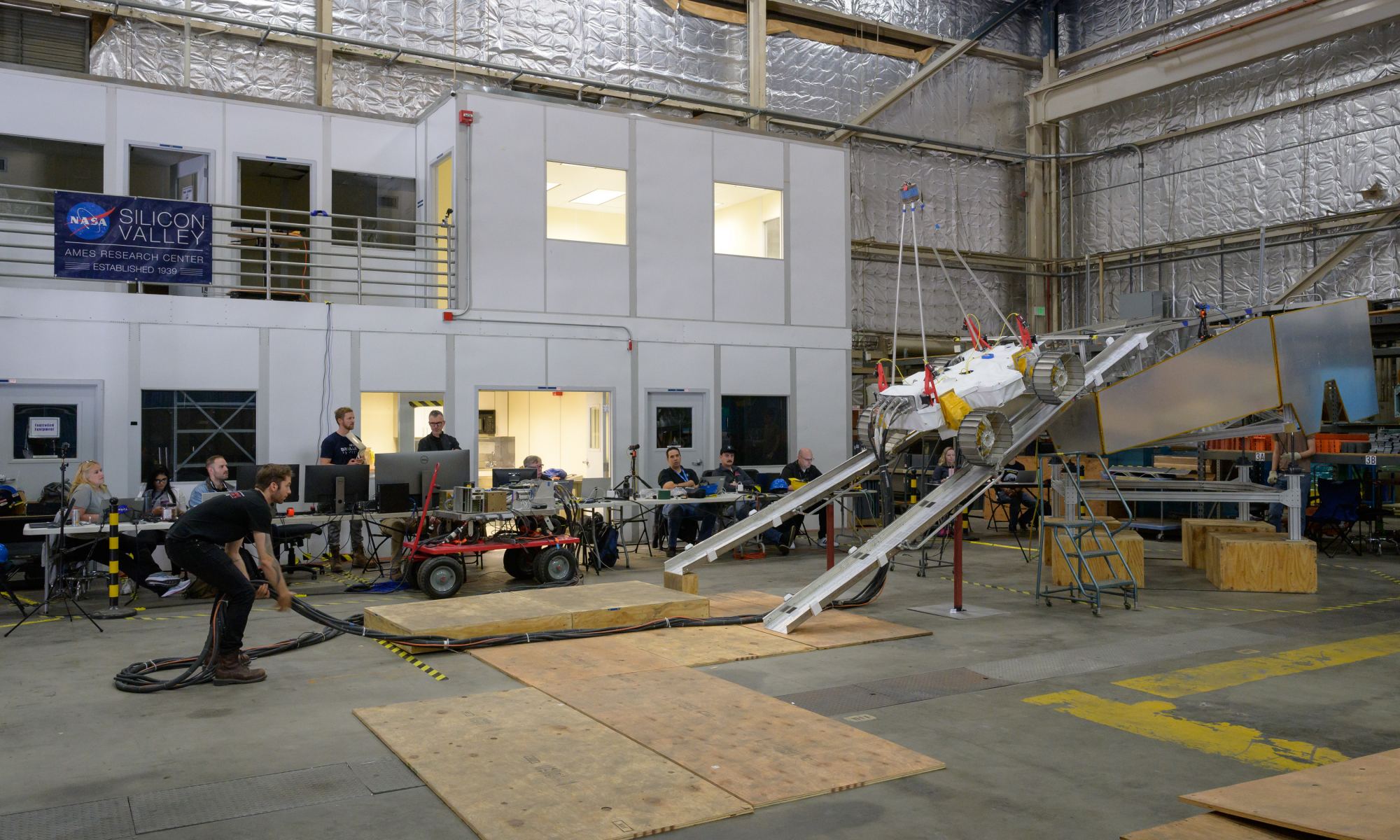
NASA is building its first-ever robotic lunar rover. Named VIPER (Volatiles Investigating Polar Exploration Rover), the rover is set for launch in late 2024. But the terrain it will find when it reaches the Moon is impossible to predict. A series of tests carried out this spring are helping engineers understand the rover’s limits, and will ensure that VIPER can disembark from its lander even on extremely uneven terrain.
Continue reading “NASA's VIPER Rover's First Moments on the Moon Might Be its Most Terrifying”NASA Locks Four Volunteers Into a One-Year Mission in a Simulated Mars Habitat
On June 25, 2023, a crew of four volunteers entered a simulated Martian habitat, from which they will not emerge for over a year. Their mission: to learn more about the logistics – and the human psychology – of living long-term on another planet, without ever leaving the ground.
Continue reading “NASA Locks Four Volunteers Into a One-Year Mission in a Simulated Mars Habitat”Mmm. Perseverance Finds a Doughnut-Shaped Rock on Mars.
The pareidolia crowd is sure to have a field day with this! Once again, an oddly-shaped rock has been spotted on Mars. Once again, the rock is donut-shaped. This particular rock was spotted by NASA’s Perseverance rover, which continues to explore the Jezero Crater in Mars’ northern hemisphere. The image was taken by the Remote Microscopic Imager (RMI), part of the SuperCam instrument, at a distance of about 100 meters (328 feet) from the rover, on June 22nd, 2023 – the 832nd Martian day (or sol) of the mission.
Continue reading “Mmm. Perseverance Finds a Doughnut-Shaped Rock on Mars.”Psyche Mission Passes Independent Review Board with Flying Colors

An independently appointed review board recently announced that NASA, their Jet Propulsion Laboratory (JPL), and the California Institute of Technology (Caltech) have exceeded expectations in taking steps to ensure the successful launch of the metal-rich-asteroid-hunting Psyche mission this October. This comes after Psyche’s initial launch date was delayed from August 2022 due to late delivery of the spacecraft’s flight software and testing equipment, which prevented engineers from performing the necessary checkouts prior to launch.
Continue reading “Psyche Mission Passes Independent Review Board with Flying Colors”NASA’s HiRISE Camera Recently Imaged a Martian Dust Devil. But Why Study Them?
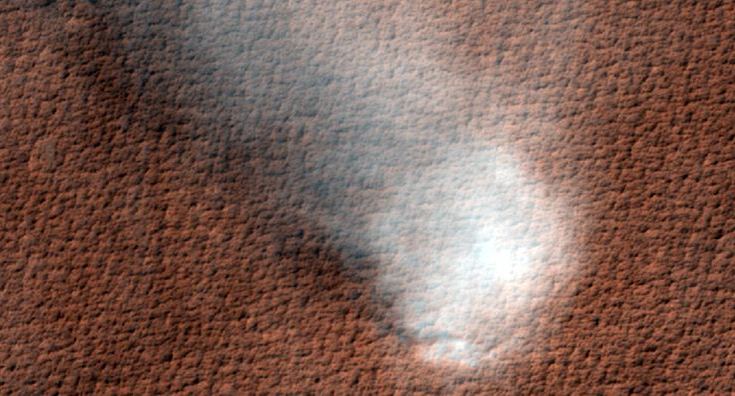
NASA recently used its powerful High Resolution Imaging Experiment (HiRISE) camera onboard the Mars Reconnaissance Orbiter to take a breathtaking image of a dust devil traversing Syria Planum on Mars. One unique aspect of dust devils is their shadows can be used to estimate their height, which have been estimated to reach 20 km (12 miles) into the Martian sky. Studying dust devils on Mars is a regular occurrence for the scientific community and can help scientists better understand surface processes on other planets. But with the atmospheric pressure on Mars being only a fraction of Earth’s, what processes are responsible for producing dust devils?
Continue reading “NASA’s HiRISE Camera Recently Imaged a Martian Dust Devil. But Why Study Them?”Good News! Astronauts are Drinking Almost all of Their Own Urine

In the near future, NASA and other space agencies plan to send crews beyond Low Earth Orbit (LEO) to perform long-duration missions on the Moon and Mars. To meet this challenge, NASA is developing life support systems that will sustain crew members without the need for resupply missions from Earth. These systems must be regenerative and closed-loop in nature, meaning they will recycle consumables like food, air, and water without zero waste. Currently, crews aboard the International Space Station (ISS) rely on an Environmental Control and Life Support System (ECLSS) to meet their needs.
This system recycles air aboard the station by passing it through filters that scrub excess carbon dioxide produced by the crew’s exhalations. Meanwhile, the system uses advanced dehumidifiers to capture moisture from the crew’s exhalation and perspiration and sends this to the Water Purification Assembly (WPA). Another subsystem, called Urine Processor Assembly (UPA), recovers and distills water from astronaut urine. To boost the WPA’s efficiency, the crew integrated a new component called the Brine Processor Assembly (BPA), which recently passed an important milestone.
Continue reading “Good News! Astronauts are Drinking Almost all of Their Own Urine”NASA and LEGO Continue Brick-Solid Partnership with Perseverance and Ingenuity LEGO Models
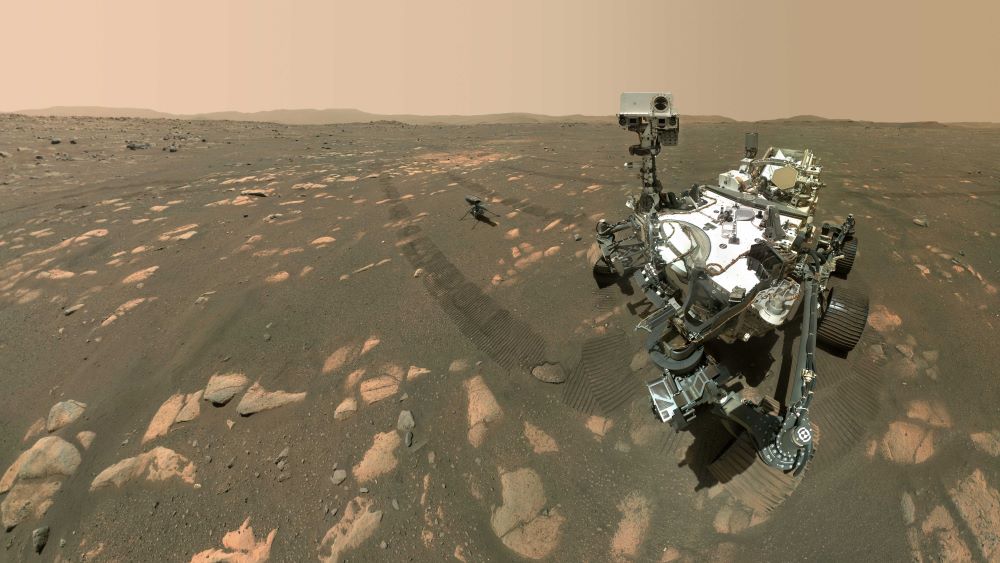
Engineers at NASA’s Jet Propulsion Laboratory (NASA-JPL) are busy keeping the Perseverance rover and Ingenuity helicopter functioning in Jezero Crater on Mars while these robotic explorers continue the search for ancient microbial life on the Red Planet. But some of those same engineers have also been busy working with LEGO designers on new one-tenth-scale LEGO Technic buildable models of these very same robotic explorers with the goal of inspiring the next generation of NASA scientists and engineers.
Continue reading “NASA and LEGO Continue Brick-Solid Partnership with Perseverance and Ingenuity LEGO Models”
